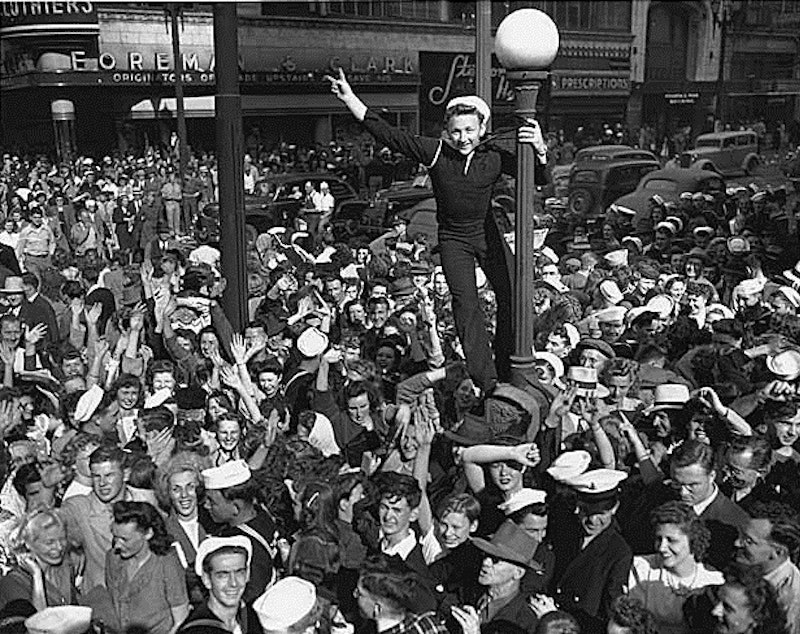Atomic Bombing Reveals Northwest's Role In WWII 70 Years Ago

As World War II came to a dramatic end 70 years ago on Aug. 14, the role that the Northwest played in the conflict was fully revealed in the aftermath of the atomic bombing in Japan.
News reports revealed that the Hanford project in eastern Washington had played a critical role in development of the atomic bomb.
Before that morning, most people had no idea Hanford even existed. Those who did thought the project was making poisonous gas. Some workers in nearby Richland jokingly told a Seattle Times reporter that with all the dust storms in that part of Washington, they thought they were making sandpaper.
But Hanford’s secret was plutonium. The Northwest’s contribution to the World War II arsenal included this key atomic bomb ingredient. It was Boeing's long-range, high-altitude bomber the B-29 Superfortress, designed and tested by engineers in Seattle, that dropped the bombs on Hiroshima and then Nagasaki.
In the days that followed those attacks, Boeing workers in Seattle and Renton kept on building bombers and awaiting Japan’s next move.
Sponsored
Henry Kuharic was a teenage worker at Boeing at the time. He took part in a 2005 panel discussion at the Museum of History & Industry commemorating the 60th anniversary of V-J Day. He recalled what happened on the afternoon of Aug. 14, 1945.
“We were just beginning our shift at 4 o’clock,” Kuharic said. “And at 4:30 all of a sudden microphones came on and said, ‘Your attention, please. Everyone listen very carefully. Turn off all machinery. Stop all moving vehicles. Come down from all ladders.' And then, after a brief pause, they said, 'It's official, the war is over.’"
Kuharic said it was a very emotional moment. Afterward, the voice on the PA told the Boeing employees to go home and celebrate.
And celebrate they did, long into the night. In big cities all across the United States, people poured into the streets, and Seattle was no exception.
The celebrations went on for a few days, and the war officially ended with the formal Japanese surrender on Sept. 2, 1945.
Sponsored
The relief of peace was soon met with the challenge of adjusting to the reality of a world now armed with atomic weapons.
